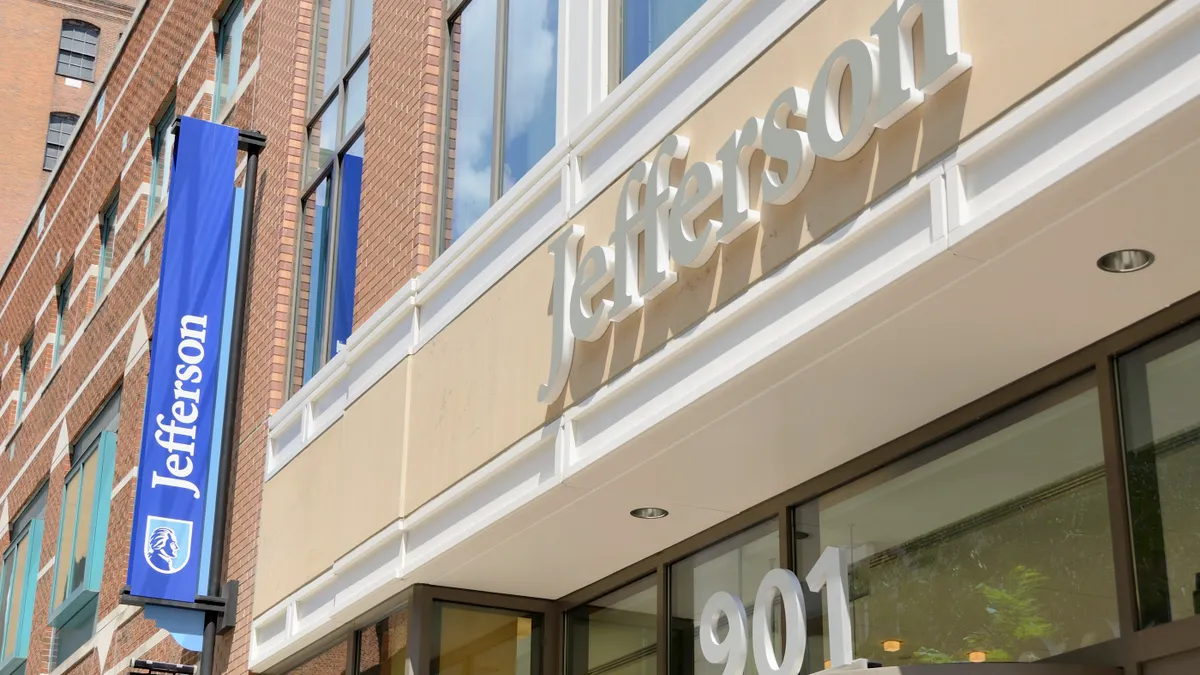Editor's note: David Steele-Figueredo is president of Woodbury University in Burbank, California.
As the president of a small, private, non-profit university in California, a former business school dean and private-sector executive, I recently completed a mental SWOT (strengths, weaknesses, opportunities and threats) analysis while on vacation. I was trying to dispassionately assess what really keeps me up at night.I concluded that there were four major categories of concern: systems, market share, customers and environment. These are important elements of any business, but are becoming equally challenging for an institution of higher education.
In the systems arena, cybersecurity and protecting student data are at the top of the list. The consequences of the growing use of ransomware can be disastrous, and it can require additional investments to strengthen IT defenses. There are also the costs of potential lawsuits and regulatory oversight. While IT systems requirements and risks are different for each business or non-profit institution, with international students we need to be more accountable for data protection and privacy. This is especially critical given the European Union’s new General Data Protection Regulation (GDPR) compliance requirements. More broadly, the use of technology fits under the systems umbrella. We need to develop a curriculum for the future that incorporates new technologies like VR, AI and advanced robotics; and we need to use these new technologies to further improve student retention and graduation rates.
Except for the elite universities, most higher education institutions are now fighting for market share. One measure of the health of higher education is total enrollment. According to a report from the National Student Clearing House estimating Spring 2018 enrollment numbers, there are currently 2.9 million fewer college students enrolled in higher-education programs than there were during the most recent peak in Fall 2011. This precipitous decline over the past 6 ½ years is forcing the closure or merger of smaller colleges and universities, primarily in the Midwest and Northeast. But even in prosperous California, with creative industries in media and entertainment, the non-profit Art Institute of California recently announced the closing of three campuses in San Francisco, Santa Ana and San Bernardino.
Unlike many academics, I view our students as customers, with the on-campus experience being crucial to customer satisfaction. Word-of-mouth is still the most important recruiting tool for a small college. But I worry about the burden of student loan debt and the need to provide more scholarship opportunities to under-privileged students. Faculty and staff must be committed to providing an excellent learning environment and helping students succeed in their chosen professions. As a Hispanic Serving Institution, we must maintain our history of diversity, ethnic and gender equity. And like any business, we need to focus on continuous improvement. For example, this year we appointed a Director of Assessment and Educational Effectiveness that will further enhance pedagogical strategies in the classroom, and we are launching e-sports to further improve the extracurricular student experience.
In the area of environment, we in higher education are concerned about safety (school shootings, wildfires, earthquakes, etc.) and the changing legal and regulatory environment. The pending case Students for Fair Admissions v. Harvard may give the U.S. Supreme Court a chance to clarify the use of race, and the value of diversity, in university admissions. As a university with about 25 percent international students, the tightening of immigrations policies is affecting international recruitment. This uncertainty in turn hurts college finances, since international students typically pay full tuition.
Finally, we must ramp-up our role in emphasizing public debate in our institutions of higher education. After all, a university should be the ultimate place of learning, inquiry and dialogue for those who care about American values, especially liberty. Sadly, our current national debate on immigration seems at odds with the inscription on the Statue of Liberty and our heritage as a nation of immigrants.
Let’s remember that we live in an innovation economy where imagination and discovery are critical. According to Forbes, 33 of the 85 American Nobel laureates since 2000 have been immigrants. Impressively, of the seven U.S.-based Nobel laureates in 2016, six were not born in the U.S; if you restrict the numbers to science and economics, six out of six were immigrants.
While I’ve addressed all too briefly the four categories of concern that keep me up at night, each is critical to our university’s success. We continue to work tirelessly to improve across the board, with the ultimate goal of transforming our students into innovative professionals who will contribute responsibly to the global good.









